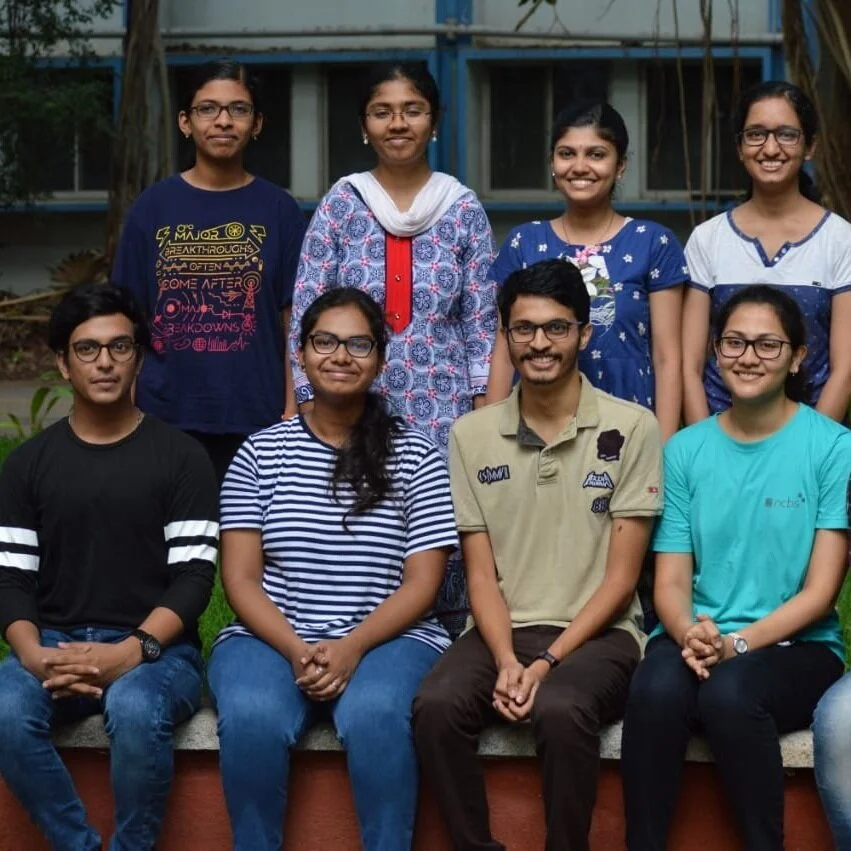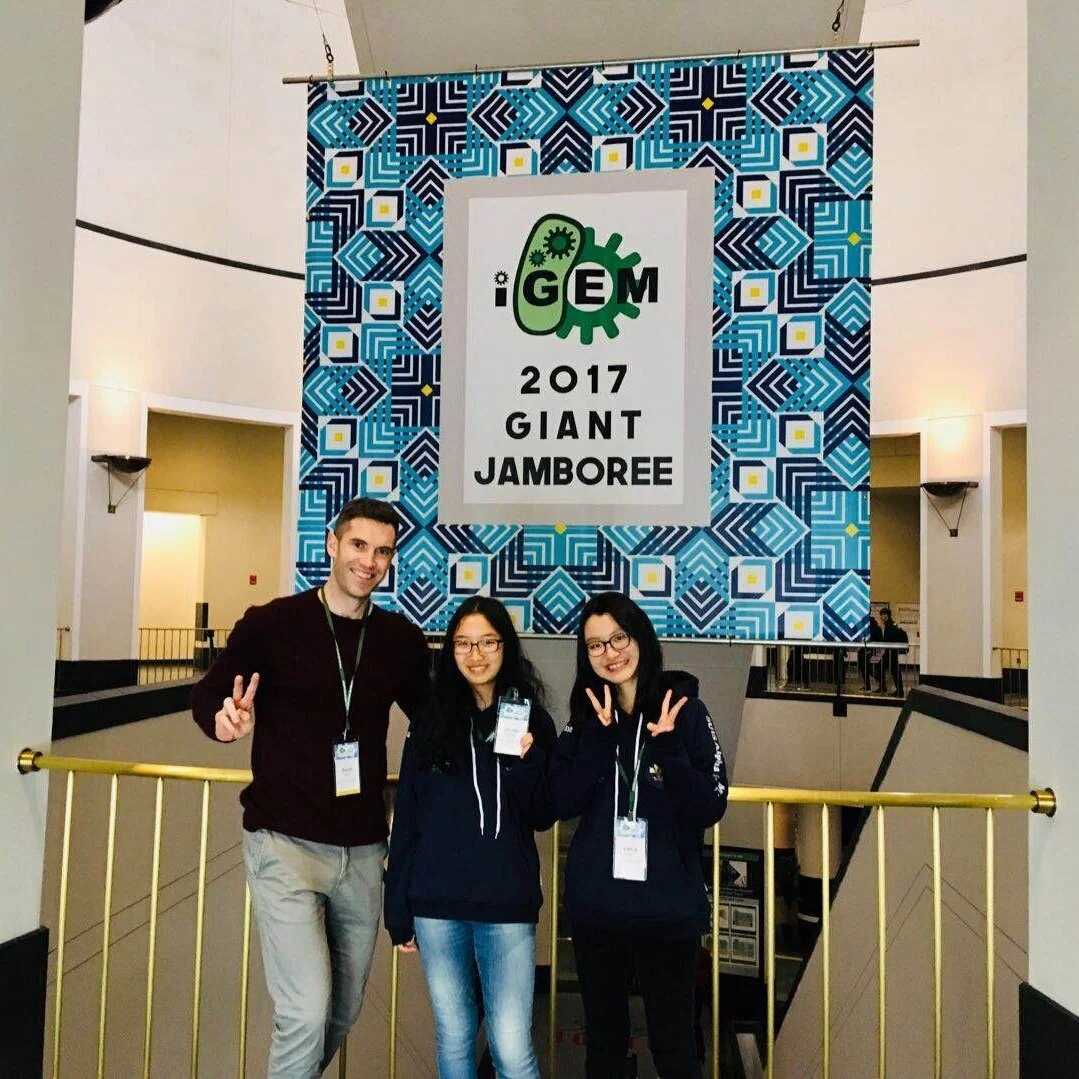The Language Project
By IIT Madras
Mugdha Mohkhedkar, Sahana Gangadharan, Sankalpa Venkatraghavan, Shambo Basu Thakur, Shvetha Sivaprasad
As iGEMers an important responsibility which we have is that of an Educator. The iGEM Competition is a holistic learning experience, and what makes it even better is an opportunity and a desire to share this learning experience.
The Language Project took off in 2018 when our team members noticed that they faced a fundamental challenge while conducting outreach events, the communication barrier! Even when they tried explaining their iGEM projects to friends and family!
iGEM 2018 team IIT Madras
As we found out explaining a synthetic biology project was not an easy task. The field itself is an integration of disciplines, and relies heavily on metaphors to make it more understandable. In areas where the boundaries between disciplines are a bit bold, it is a challenge to explain the disciplinary overlap that exists within and through Synthetic Biology. But beyond that, we noticed that there is a bigger challenge and that lies in the language, the one which makes the spoken be easily heard.
As we began our outreach, It became tedious to verbally explain the fundamentals of genetics, the basics of molecular biology and then finally discuss our project. Only 17% of all schools in the country use English as the primary medium of instruction, most of us receive our education in Indian languages. This inspired the team to design an initiative that could tackle both these obstacles - lack of basic knowledge in biotechnology and unfamiliarity with English. That marked the start of the journey of “The Language Project” which aimed to popularise science in Indian languages and ultimately cater to multiple stakeholders in the biotechnology industry.
After an initial round of ideation, we decided to make videos that could be used to explain basic concepts in biotechnology in vernacular languages using simple examples and easy to appreciate analogies. Currently, we have 105 videos on our YouTube channel, amassing over 21,000 views and 482 subscribers. The videos span 15 Indian languages and this year, we set our eyes beyond the borders of our nation. We translated our content to more than 20 foreign languages through extensive collaboration with iGEM teams spread across the globe.
To gather feedback on our videos and inculcate interest in biology, we collaborated with the National Service Scheme to visit schools. Our collaborations with schools around IIT Madras enabled us to interact with over 500 students and understand their perception of biology. We noted that shorter videos held their attention span better and decided to split bigger topics into smaller videos. We managed to excite many young students about advances in biology. Through our collaborations with ‘SciRio’ - an initiative to actively engage communities to effectively communicate the utility of science education and research to the public and encourage policy exchange - we extended our reach to join those who are working towards the same goal of communicating science in India.
Youtube detail of the Language project from team IIT Madras
As the project grew, we realised that although we were able to cover some part of the accessibility and understandability issue through making videos, translating them and uploading them on the internet, this wasn’t enough. The reach of our activities was dependant on the public’s access to the internet. This marked our move from digital media to print with a comic book - The GeneY Theory. The focus was on primary school children so we designed and distributed a comic book that explained simple concepts in biotechnology. Our first edition explains the central dogma of molecular biology and molecular aspects of sickle cell anaemia through by following a story of a young boy and a genie. Currently, we are translating the comic book into several Indian languages and just like our videos, with the help of the iGEM teams and with the spirit of iGEM Competition we will translate them into more.
It’s important to mention that the idea of communicating science in multiple languages is one that has struck several other iGEM teams, who, just like us, made an effort to make Synbio more accessible. The team from the University of Washington (iGEM 2019) came up with a 200+ page interactive curriculum that provides educational resources on STEM for underrepresented students in over 10 languages. The OUC_China team (iGEM 2018) came up with a comic book and translated it into 13 different languages through iGEM collaborations. The Bilkent UNAMBG team (iGEM 2019) created a story book to explain synthetic biology in simpler terms, but more importantly, got it translated into multiple languages to obtain a wider reach. From all of these activities what has inspired us the most is the collaboration, the feeling of us, the sense of responsibility. It’s these values which have made The Language Project successful.








